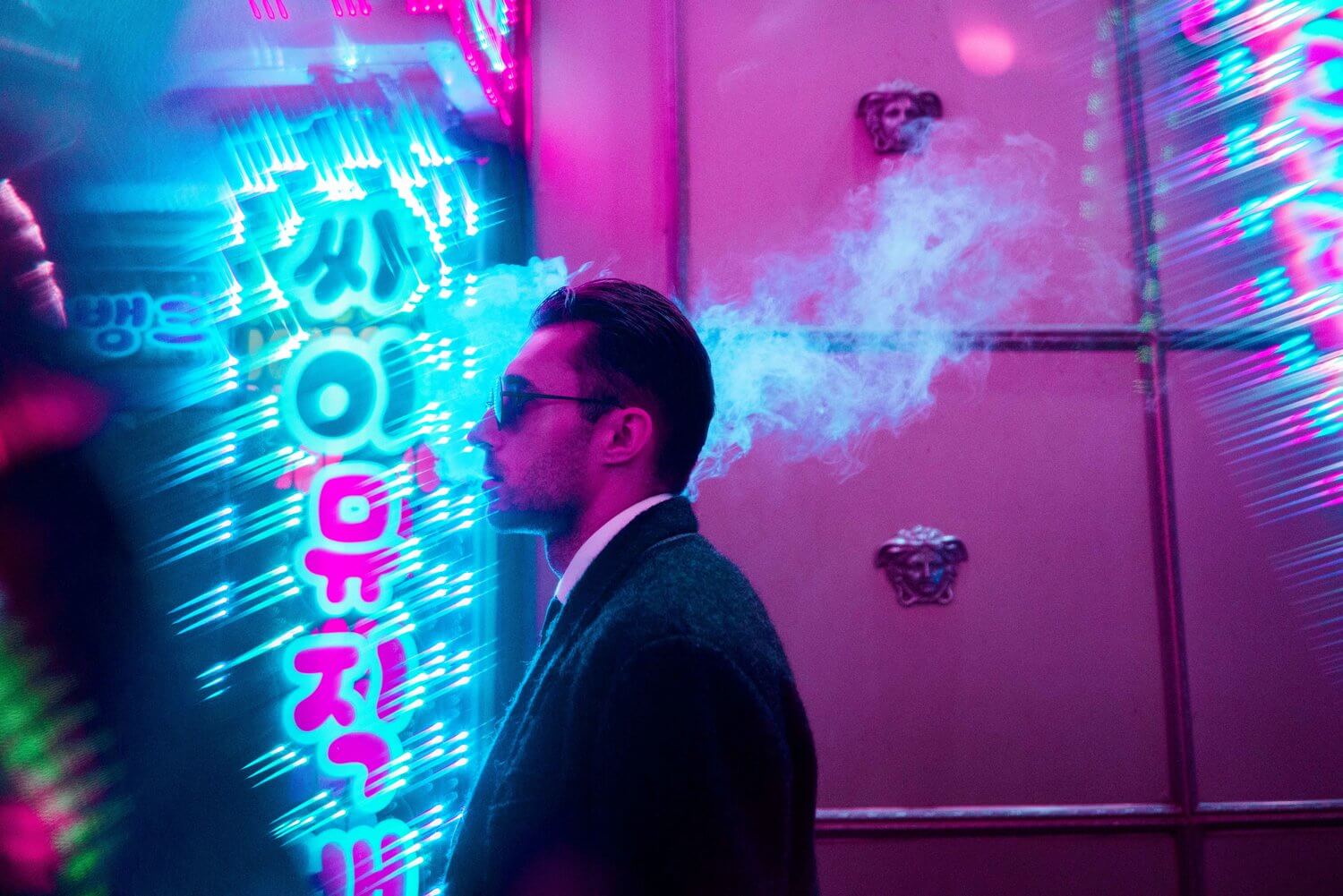Wide Angle Lens Photography

One of my favorite prism photographers is Alexander Lupascu. Not only because his wedding work overall is spectacular, but because he's gone against the grain of conventional wisdom in the prism photography community. Instead of practicing prism photography with typical focal lengths of between 40 and 85mm, he prefers to use his prisms and Fractals at the very atypical focal length of between 10-35mm.
As most experienced prismers know, there is an important relationship between aperture and focal length. To eludicate a bit more, longer focal lengths require higher apertures to achieve attractive prismed images.
This is because circles of confusion produced by objects in front of a lens need to be controlled by a lens's aperture. Too wide an aperture, and the prism effect becomes a blurry mess. Too narrow an aperture, and the prism's shape becomes visible in front of the lens; detracting from the prisming effect.
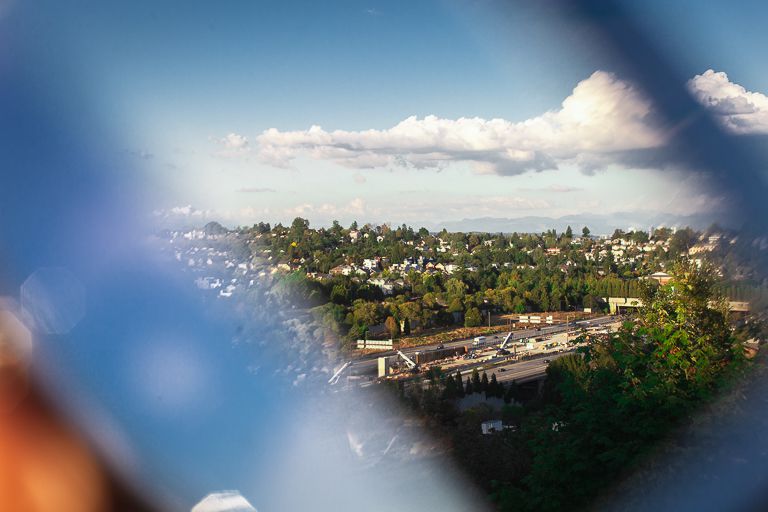
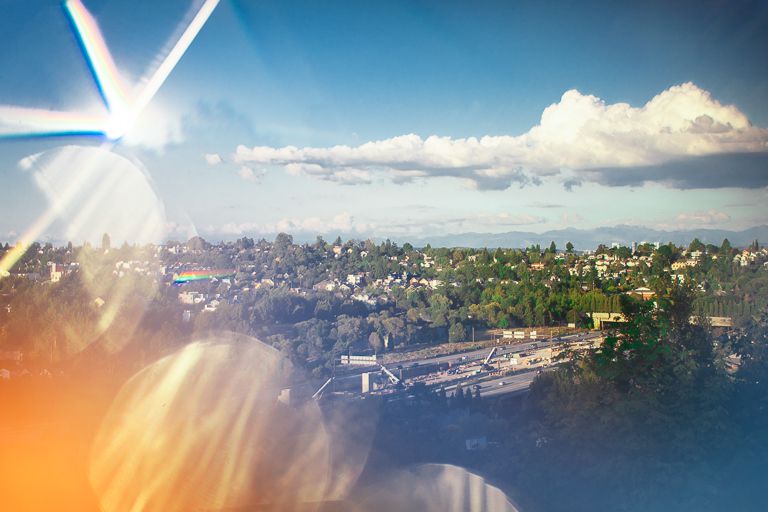
At 50mm, an aperture of f/2.8 is generally appropriate. But at 85mm, a higher aperture of f/5 may produce the same desired blurring effect, at 135mm, an aperture of f/8 may be required, and so on and so forth.
This being the case, an ultra-wide focal length such as 20mm may require an ultra wide aperture of f/0.8 to f/1.0 to get the correct amount of defocusing. Lenses like that don't exist, (or are very rare, or only for those of us with ultra deep pockets 💲💲💲).
So, prismers typically only shoot through their prisms at 40mm and beyond. However, Alex has figured out a way to get around that, and the results are impressive.
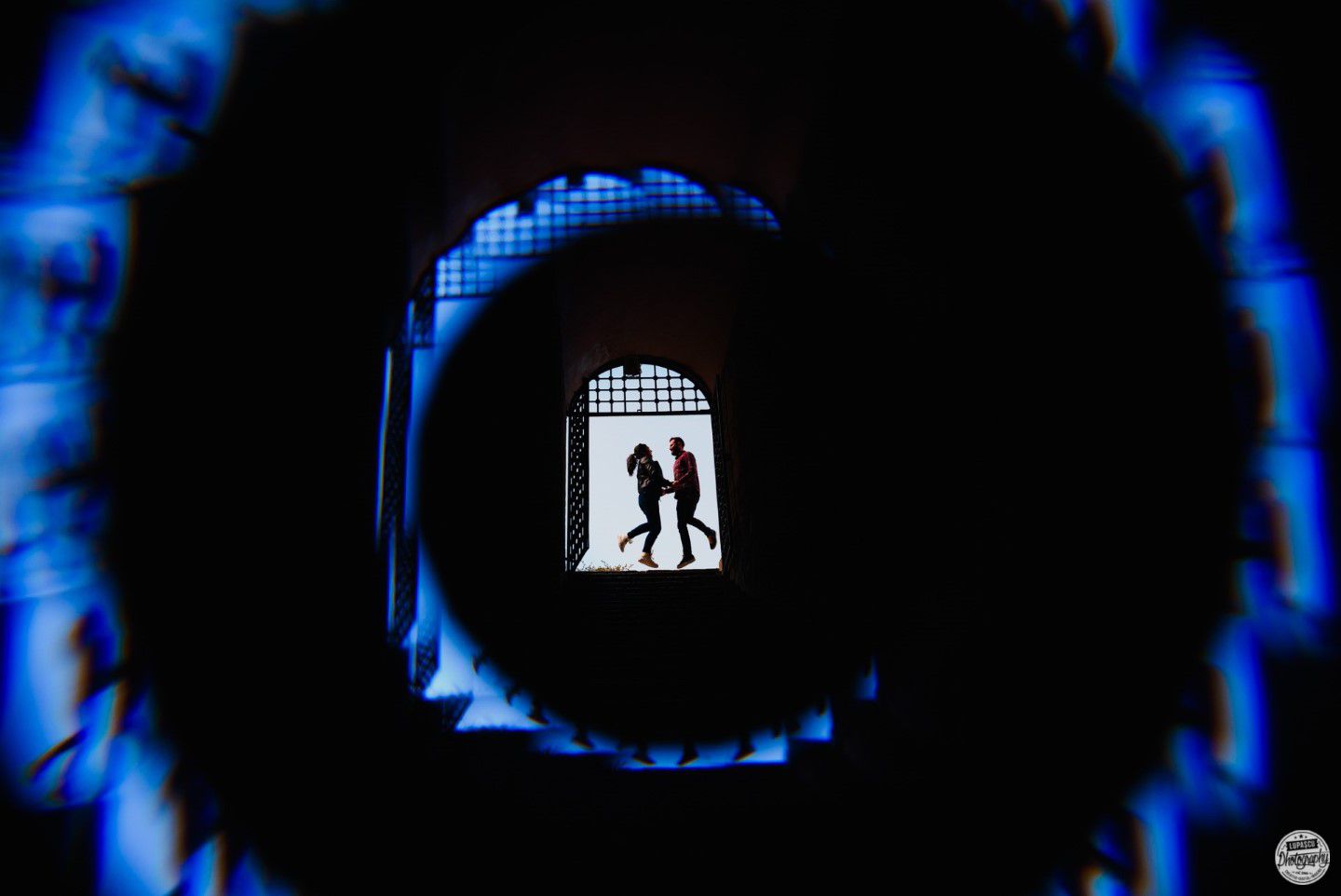
"I do often use the Fractals at wider focal lengths, but with wide apertures I typically keep the Fractal as close to the lens as possible, like, face to face. By doing this, I am typically able to achieve blurring effects that work well. Other times, I push it away just slightly, depending on the context.", says Alexander.
The novelty in focusing on the distance that he's created between his prism and the lens is one that prismers often ignore when becoming accustomed to shooting with their prisms. Alexander makes concerted efforts to move his prism closer and further from the lens each time before he takes his shot. "A lot of the time the prisming technique creates more attractive results when I place the prism nearly right on top of the lens, with the lens hood removed. But other times, I push the filter forward a bit and that also can generate interesting results. It's not required for the filter to encompass the front of the lens completely."
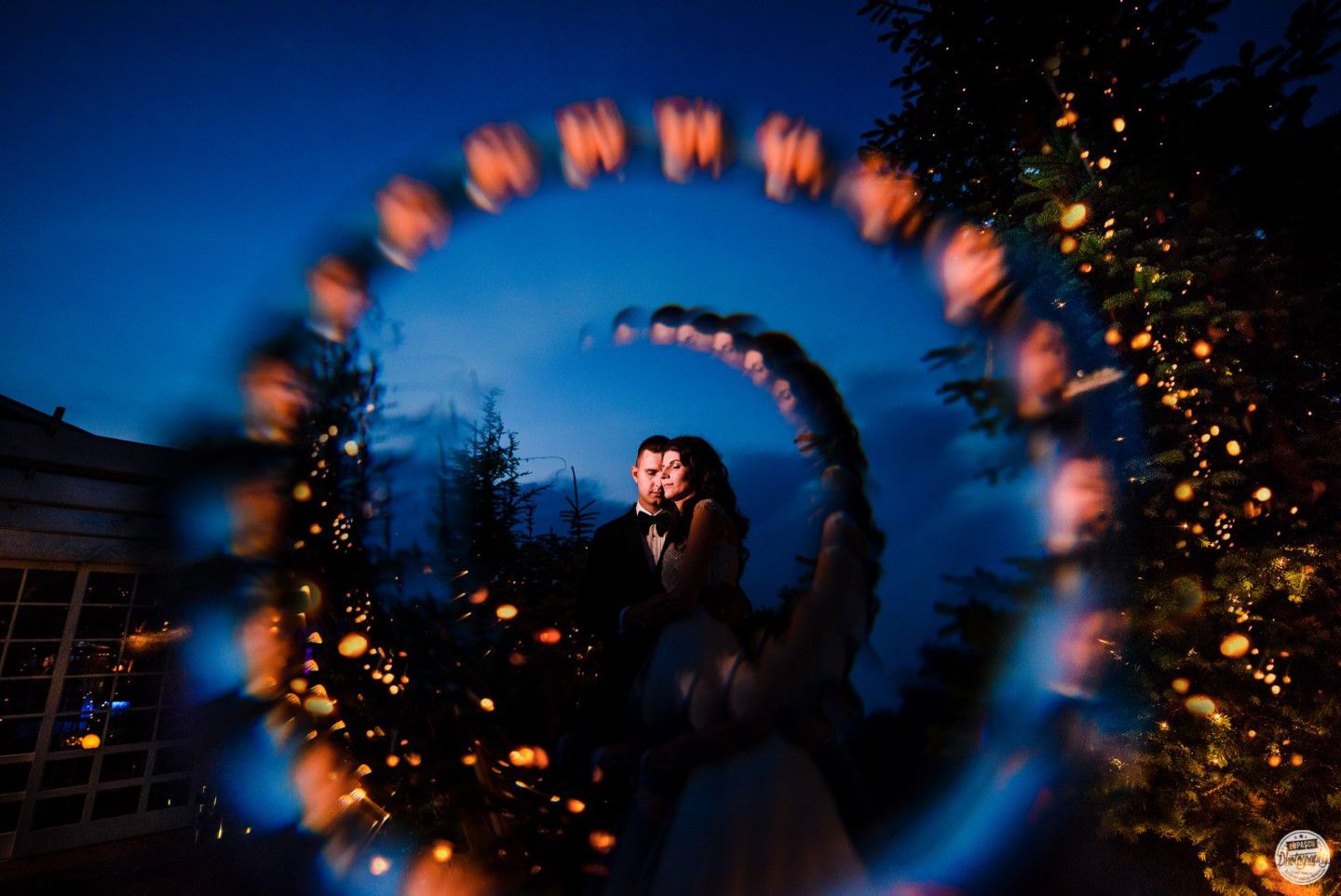
Touché.
Wide Angle Tips
"The key is keeping aperture as low as possible so that you don't see the filter too much" he says. "Any aperture higher than 2.8 will run the risk of showing too much of the filter in front of my lens." We've noted for a long time that fast apertures at wide focal lengths are important in prism photography. For those of us that don't have fast lenses, we should focus on shooting at focal lengths that are a bit longer.
Again, 50mm at f/2.8; 85mm at f/5.6; 135mm at f/8, are all great starting points.
And Alexander has mastered this context switching quite wonderfully, shooting at lengths such as 40mm and beyond for when the time calls. This has also generated a collection of results that his clients have loved:
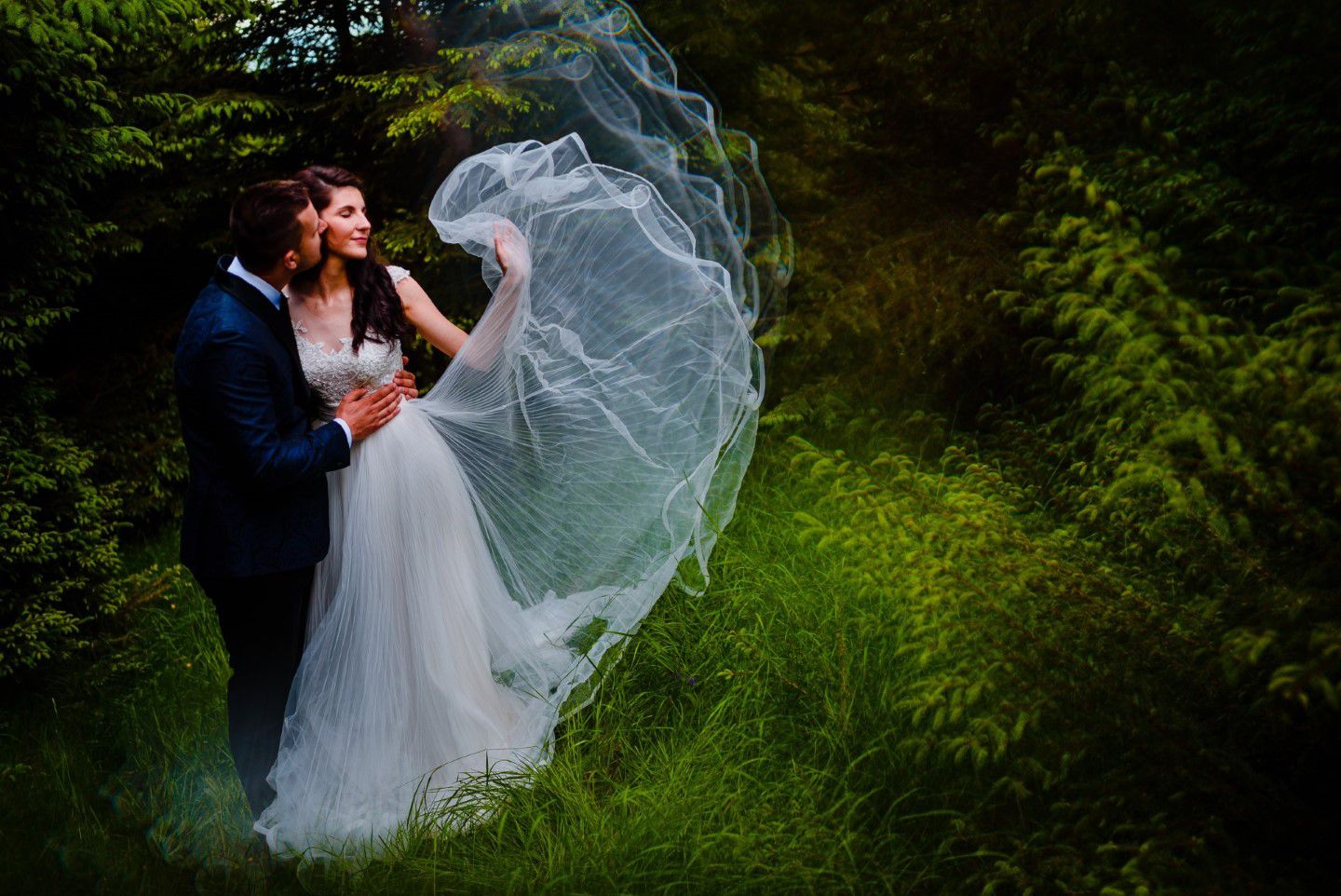
"Still, the wide angle shots are my favorite, and it's easy to shoot on aperture priority—keeping it at f/2, and focus on composing and shooting." Alexander has spent most of his time prisming with his Julia Fractal Filter, but has also found that he can get interesting results with the Penrose filter at wider focal lengths, too:

He mostly saves the Pascal filter for longer focal lengths.
Wide Angle Portraits
Wide angle portraits with the Julia Filter are a popular option for wedding and engagement shots. The Julia Filter is easy to use and creates predictable, highly desirable results:

With the Julia Filter at wide focal lengths, photographers generally don't have to rely on using their depth of field preview button to ensure that what they see in the viewfinder is what they will actually capture; the depth of field preview button only becomes more necessary at higher apertures.
It's also possible to capture images which 'reveal' the filter's glass, but do so in an artistic appealing manner:
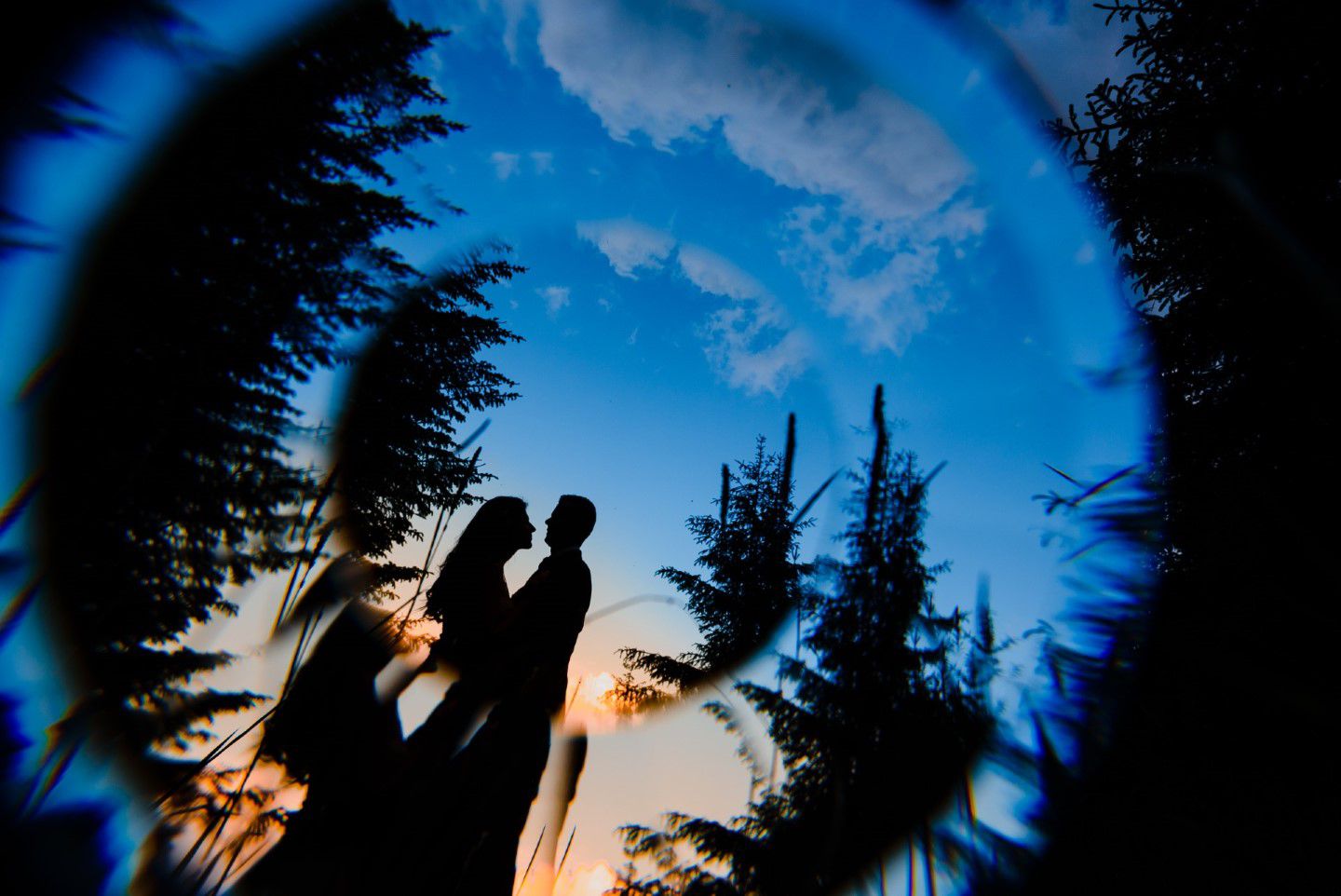
We can see the outer rim of the filter, but the sky is used as a backlight and the couple is positioned nicely in the corner in so that the outer rim of the filter is not distracting, and adds a pleasing touch to the perimeter of the image.
Wide Angle Techniques
"You just have to think on your feet, and pull your prisms out when you think the time is right." There are several situations in which Fractals are perfect complements to an existing scene. Sometimes, there will be an item in the nearby environment that you'd like to reflect into your scene. Other times, there are light sources in the room you're shooting in which can add artistic points of flare in an otherwise dull image.
Alexander's favorite way to use his prisms are often for the purposes of subject isolation, i.e., the ability of the prism effect to surround the subject and block out otherwise less important parts of the image.
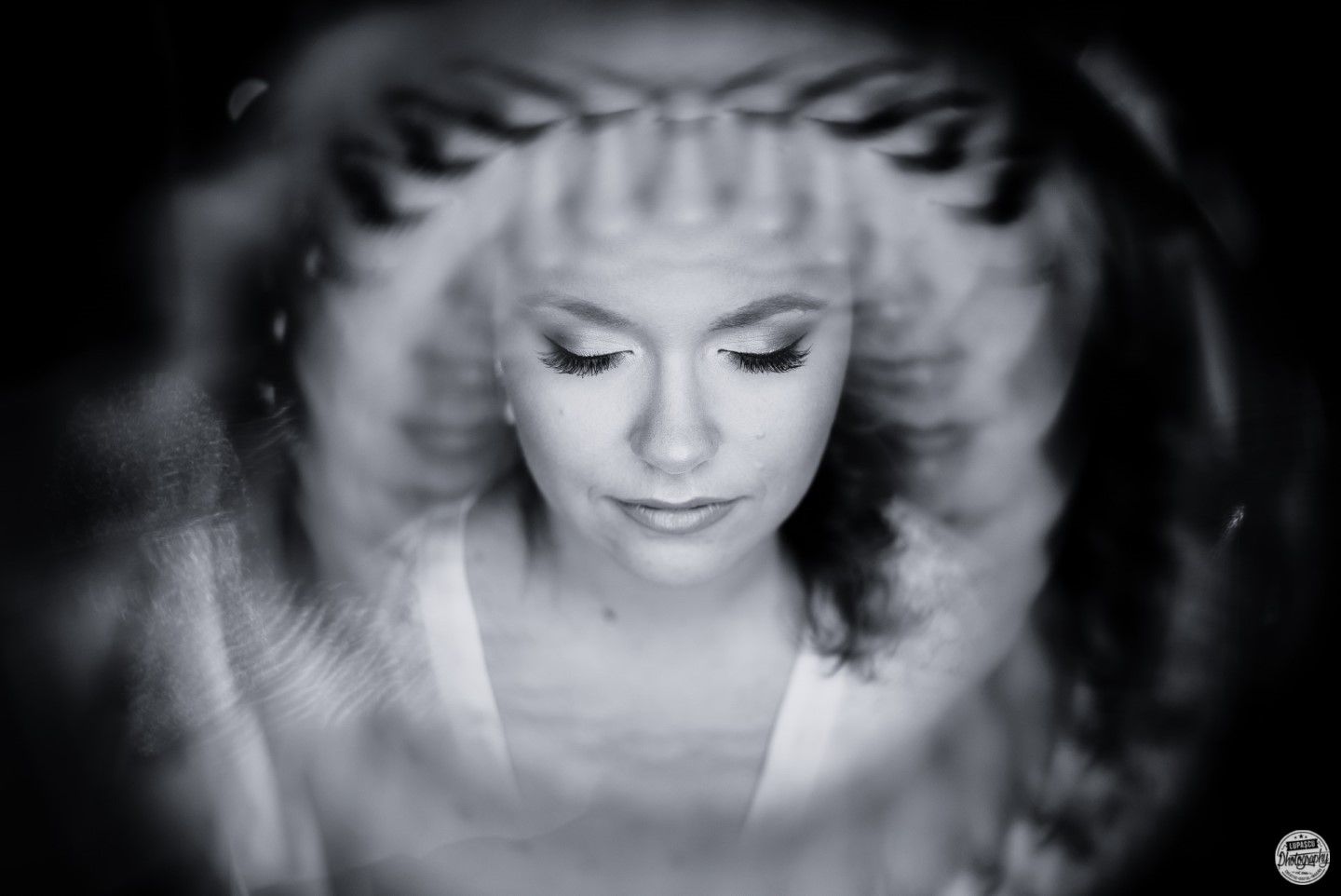
In this example Alexander was able to isolate his subject from the background, potentially removing distracting objects and items. This brings the viewers eyes straight towards his subject, adding to an overall pleasing visual effect. "It takes practice, but it's worth it 👌."
Be sure to check out the rest of Alexander's awe-inspiring wedding work over on his Facebook page. Give him a follow for future tips he may share!
What are your favorite, less-popular ways to prism or use your Fractals? We'd love to share your story. Get in touch by using the button below.
Get featured for your work
If you have something to share, we'd like to feature you like we featured Steve. Send us your images! You'll get a search engine boost from our links to your site, as well as massive street cred in the prisming community.
All you have to do is send us your images. The rights to your photos remain completely owned by you.
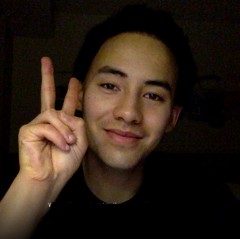
Published by Nikk Wong
Nikk Wong is a photographer, probably very much like yourself. He began his career shooting weddings and portraits, but quickly became obsessed with prism photography. Now, he spends his time building lenses and products in an effort to bring the magic of prisming to a mainstream audience. (Can I stop talking about myself in third person now?) 🙃

